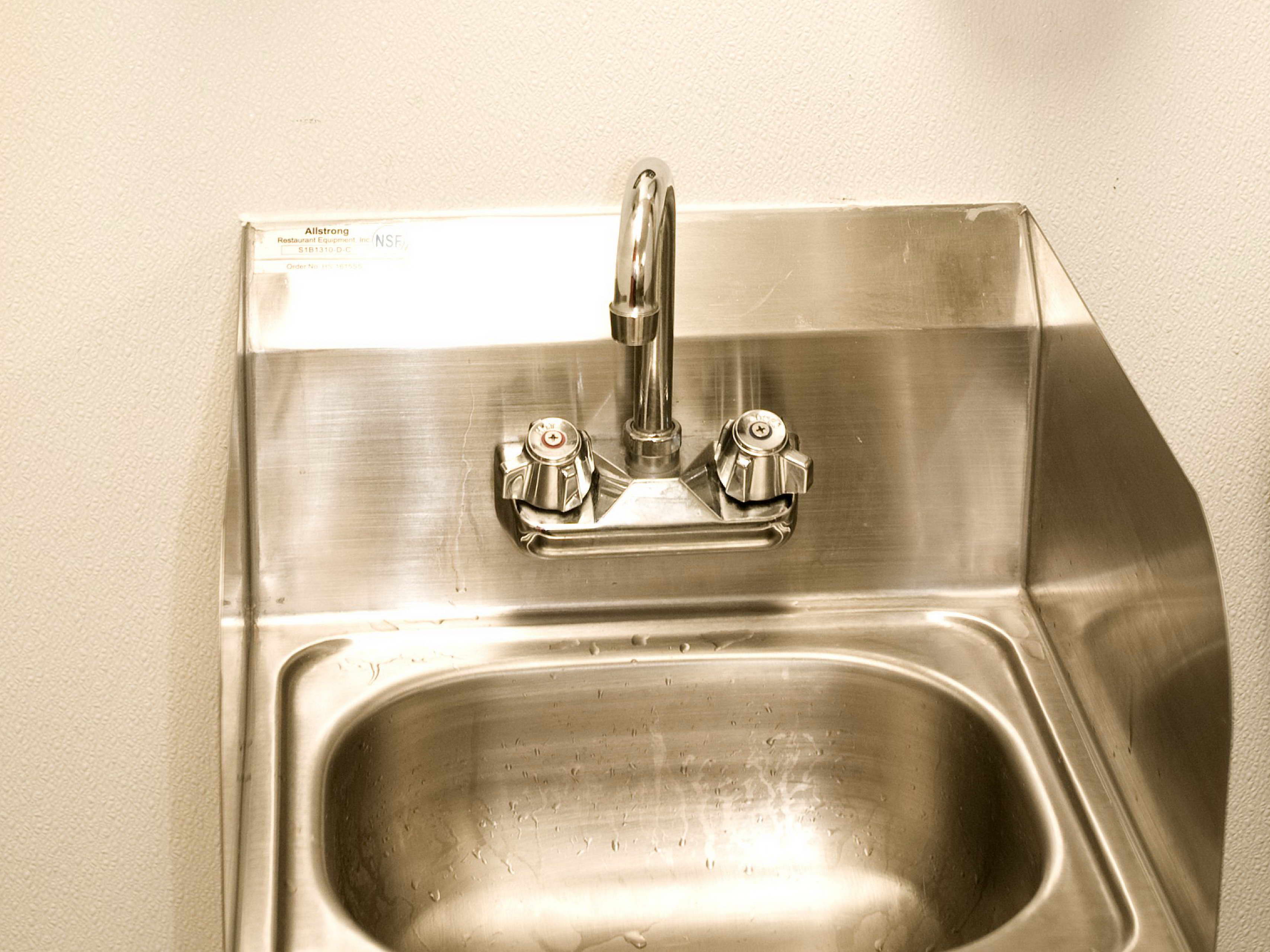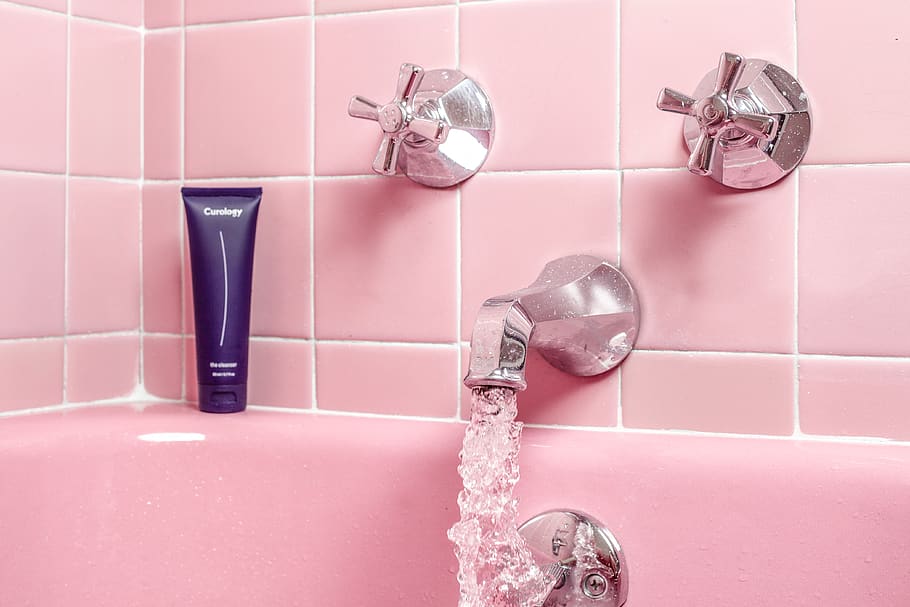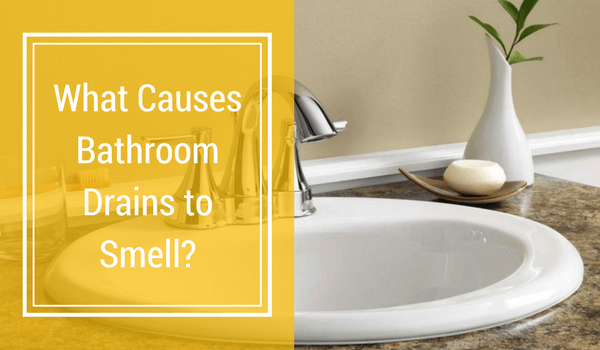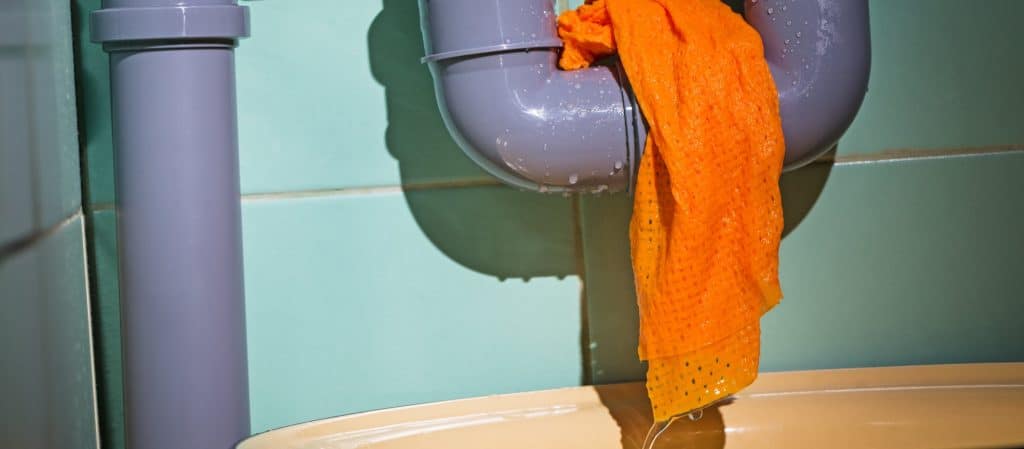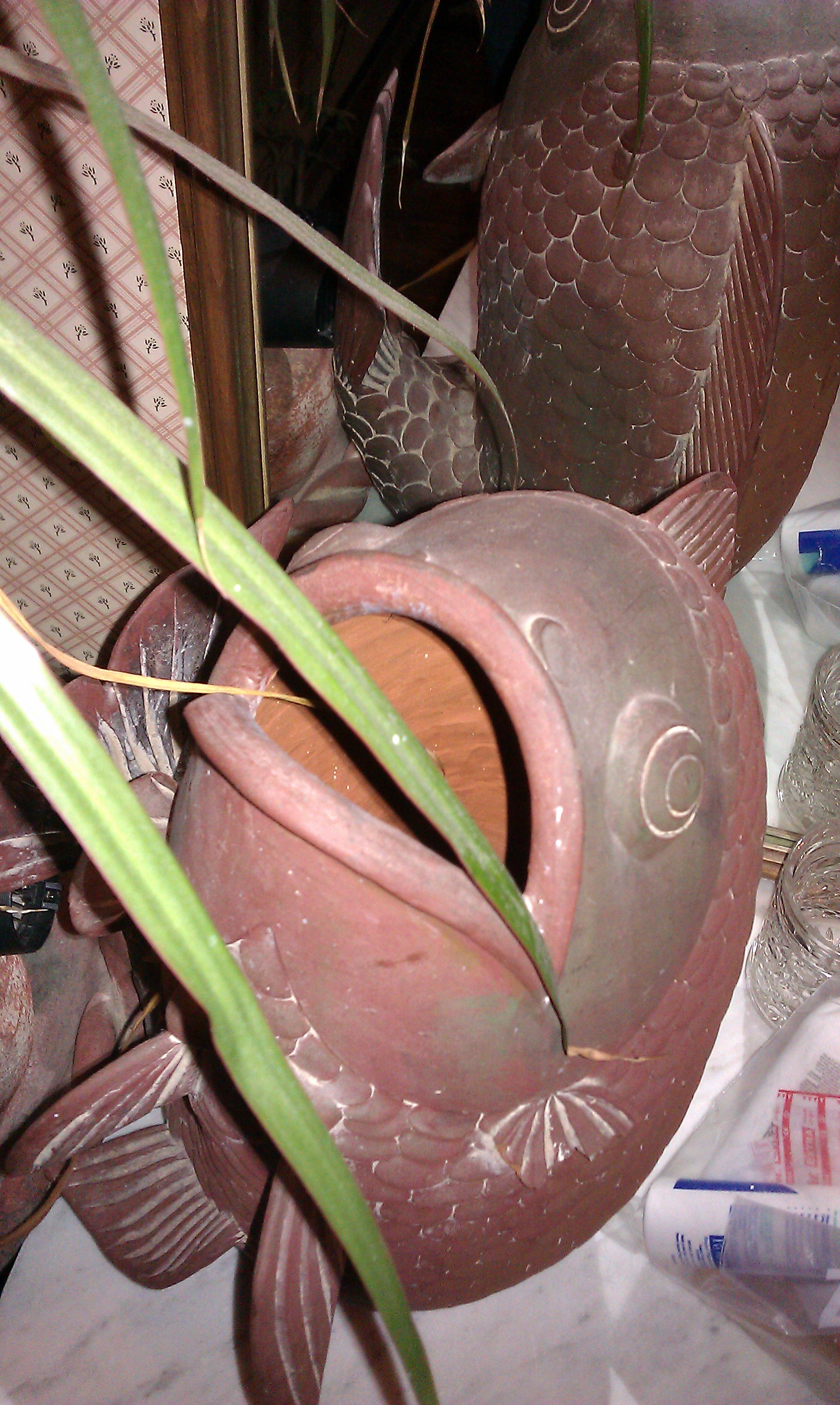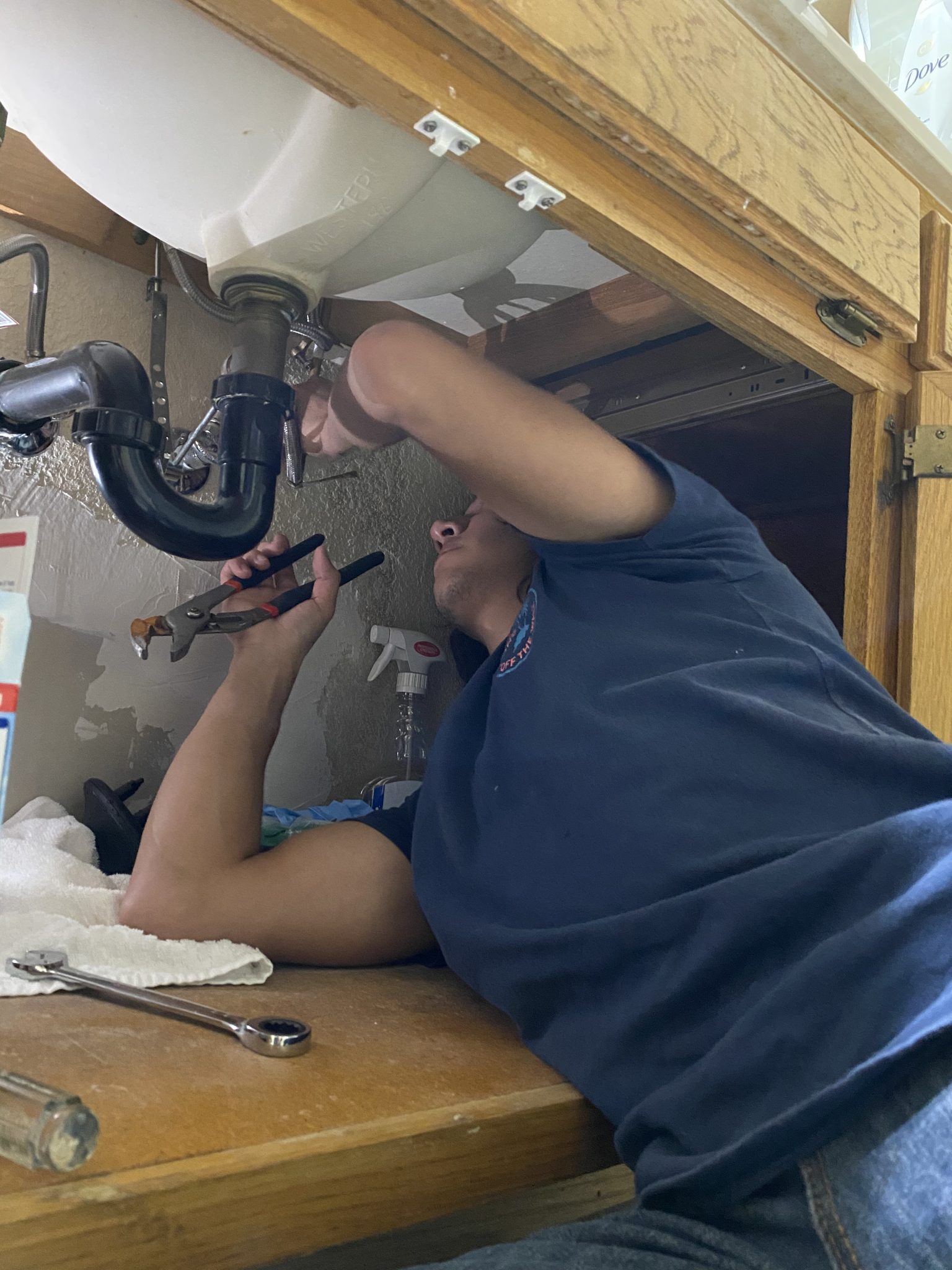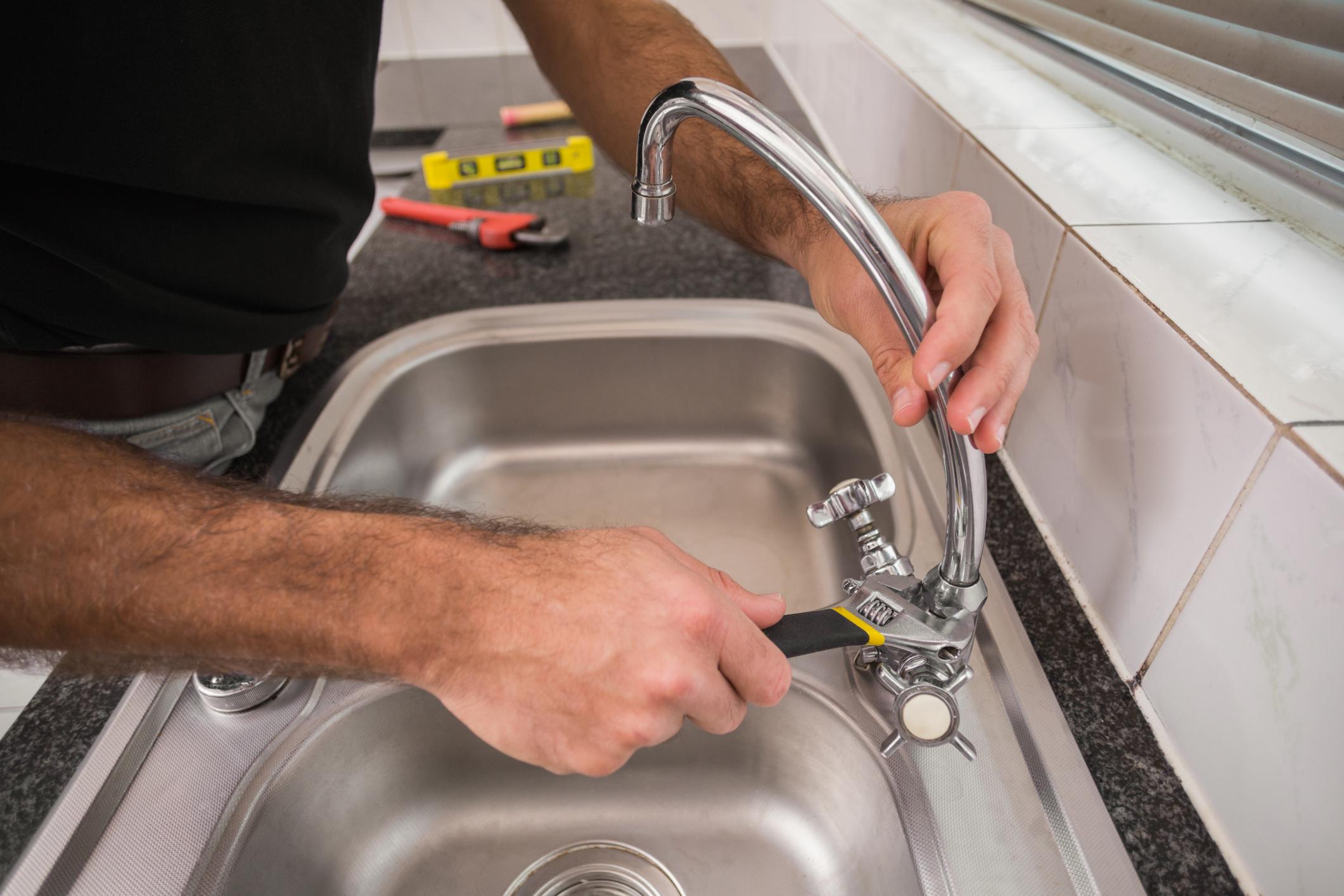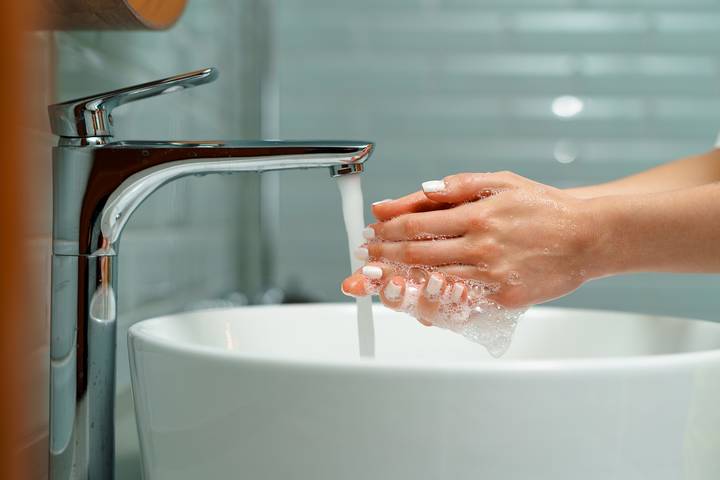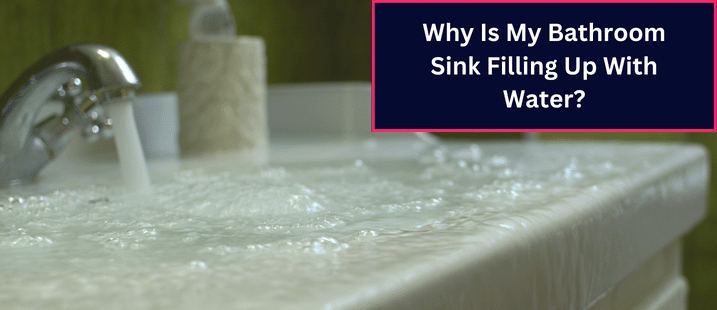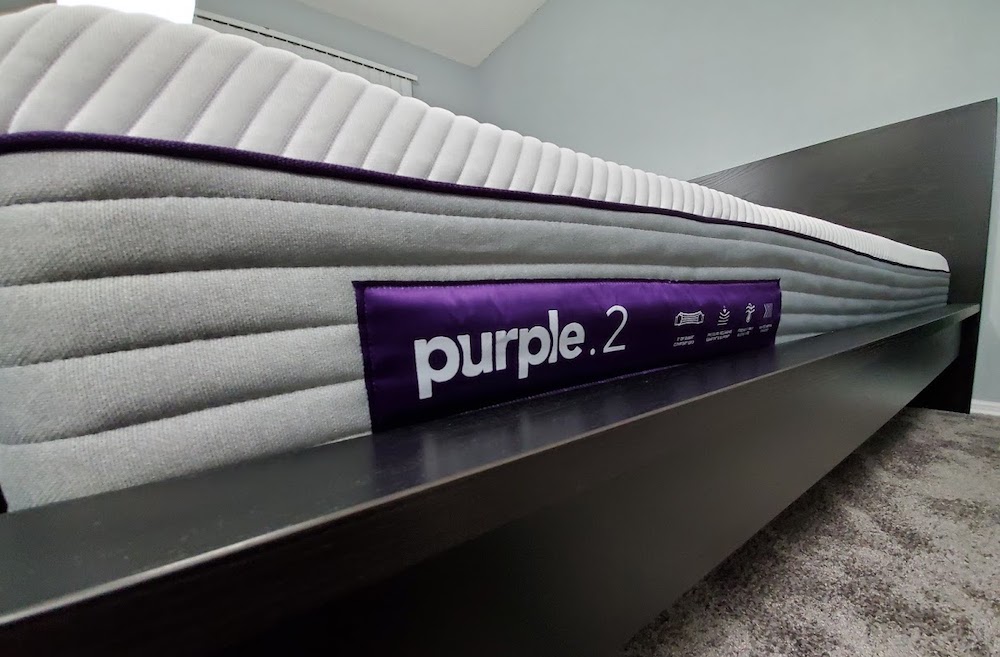Water puddles in your bathroom sink can be a nuisance and a potential hazard. Not only do they make a mess, but they can also lead to slips and falls. If you've noticed standing water in your bathroom sink, it's important to address the issue before it gets worse. In this article, we will discuss the top 10 main causes of water puddles in bathroom sinks and provide solutions to fix and prevent them. Water Puddles in Bathroom Sink: The Top 10 Main Causes and Solutions
Before we dive into the causes, let's first talk about how to fix the problem. If you have a small amount of water in your sink, it can easily be wiped away with a towel or sponge. However, if the water is consistently pooling in your sink, it's a sign of a bigger issue. The first step is to determine the cause and then find a solution to fix it. Let's explore the top 10 main causes of water puddles in bathroom sinks. How to Fix Water Puddles in Bathroom Sink
1. Clogged Drain – One of the most common reasons for water puddles in bathroom sinks is a clogged drain. Over time, hair, soap scum, and other debris can build up in the drain, preventing water from draining properly. This can lead to standing water in the sink. To fix this, you can use a drain snake or pour a mixture of baking soda and vinegar down the drain to break up the clog. 2. Faulty Faucet – If your faucet is leaking or not closing completely, it can lead to water pooling in your sink. This can be caused by worn-out O-rings, damaged valves, or loose connections. You may need to replace the faucet or call a professional for repairs. 3. Broken or Damaged Pipes – A crack or break in your pipes can cause water to leak and accumulate in your sink. This can be a result of old and deteriorating pipes, freezing temperatures, or physical damage. It's important to get your pipes fixed as soon as possible to prevent further damage. 4. Low Water Pressure – If your sink has low water pressure, it can take longer for the water to drain, resulting in puddles. This can be caused by a clogged aerator or a problem with the water supply line. Cleaning the aerator or calling a plumber to check the water supply can help resolve this issue. 5. Improperly Installed Sink – If your sink was not installed correctly, it can cause water to pool in certain areas. This can be due to an uneven countertop or an incorrect slope on the sink. Reinstalling the sink properly can help alleviate this problem. 6. Cracks or Chips in Sink – A damaged sink can also lead to water puddles as it can't hold water properly. Cracks and chips can occur from heavy objects being dropped or wear and tear over time. You may need to replace the sink if the damage is significant. 7. Overflowing Toilet – If your bathroom sink is connected to the same drain as the toilet, an overflowing toilet can cause water to back up and accumulate in the sink. This can be a result of a clogged toilet or a plumbing issue. Fixing the toilet problem will also resolve the sink issue. 8. Hard Water – Hard water contains high levels of minerals, which can leave behind residue and buildup in your sink. This can cause water to pool and create an unsightly film. Installing a water softener or using a mixture of vinegar and water to clean your sink can help prevent this issue. 9. Faulty Sink Stopper – If your sink has a stopper, it can become stuck or not seal properly, causing water to pool in the sink. This can be due to a broken or misaligned rod, worn-out gaskets, or a buildup of debris. Replacing the stopper or adjusting its components can fix this problem. 10. Poor Ventilation – If your bathroom does not have proper ventilation, it can lead to condensation and water buildup in your sink. This can be a result of a lack of windows or a faulty exhaust fan. Installing a fan or opening a window while showering can help reduce condensation and prevent water puddles. Causes of Water Puddles in Bathroom Sink
Now that we've covered the top 10 main causes of water puddles in bathroom sinks, let's talk about how to prevent them from happening again. Regular maintenance and a few simple steps can help keep your sink dry and functioning properly. 1. Keep Your Drain Clean – To prevent clogs, it's important to clean your drain regularly. You can use a mixture of baking soda and vinegar once a month to keep it clear. 2. Check Your Faucet – Regularly inspect your faucet for any leaks or damages. Addressing any issues early on can prevent water from pooling in your sink. 3. Fix Any Plumbing Problems – If you notice any issues with your pipes or water supply, it's important to address them as soon as possible. This will prevent further damage and potential water puddles in your sink. 4. Wipe Down Your Sink – After using your sink, take a few seconds to wipe it down with a towel or sponge. This will prevent any water from sitting and creating puddles. 5. Use a Plunger – If you have a clogged drain, use a plunger to try and unclog it before using harsh chemicals. This can prevent damage to your pipes and prevent water from pooling in your sink. How to Prevent Water Puddles in Bathroom Sink
If you've tried the DIY solutions and still can't seem to fix the issue, it may be time to call in a professional. A plumber can properly diagnose and repair any plumbing problems causing water puddles in your bathroom sink. They can also provide regular maintenance to ensure your sink is functioning properly. Water Puddles in Bathroom Sink Repair
Water puddles in your bathroom sink can be a hassle, but with the right knowledge and solutions, you can easily address and prevent them. Regular maintenance and addressing any issues early on can save you time and money in the long run. Remember to always practice caution when dealing with plumbing issues and don't hesitate to seek professional help when needed. Conclusion
The Importance of Proper Drainage for Water Puddles in Bathroom Sinks
/close-up-of-overflowing-bathroom-sink-90201417-579787783df78ceb865822d8.jpg)
Why Do Water Puddles Form in Bathroom Sinks?
 One of the most common issues homeowners face in their bathrooms is water puddles forming in their sinks. This may seem like a minor inconvenience, but it can actually be a sign of a bigger problem. When water puddles form in bathroom sinks, it is usually due to poor drainage. Water is not able to flow properly through the sink and ends up pooling in the bottom, creating a puddle. This can be caused by various factors such as clogs, faulty plumbing, or improper installation.
One of the most common issues homeowners face in their bathrooms is water puddles forming in their sinks. This may seem like a minor inconvenience, but it can actually be a sign of a bigger problem. When water puddles form in bathroom sinks, it is usually due to poor drainage. Water is not able to flow properly through the sink and ends up pooling in the bottom, creating a puddle. This can be caused by various factors such as clogs, faulty plumbing, or improper installation.
The Dangers of Water Puddles
 While a small water puddle may not seem like a big deal, it can actually cause damage to your bathroom over time. When water accumulates, it can lead to mold and mildew growth, which can be harmful to your health. Additionally, stagnant water can also attract insects and bacteria, making your bathroom an unsanitary environment. It can also cause damage to your sink and countertop, leading to costly repairs in the future.
While a small water puddle may not seem like a big deal, it can actually cause damage to your bathroom over time. When water accumulates, it can lead to mold and mildew growth, which can be harmful to your health. Additionally, stagnant water can also attract insects and bacteria, making your bathroom an unsanitary environment. It can also cause damage to your sink and countertop, leading to costly repairs in the future.
The Solution: Proper Drainage
 To avoid water puddles in your bathroom sink, it is crucial to have proper drainage. This means ensuring that your sink is installed correctly and that there are no clogs or blockages in the pipes. You can also consider installing a drain strainer to catch any hair or debris that may lead to clogs. Regular maintenance and cleaning of your sink and drainage system can also prevent water puddles from forming.
Proper drainage is not only important for preventing water puddles, but it is also crucial for the overall functionality and design of your bathroom.
A well-designed drainage system is essential for keeping your bathroom clean and hygienic. It can also improve the aesthetics of your bathroom by preventing unsightly water puddles and potential damage to your sink and countertops.
To avoid water puddles in your bathroom sink, it is crucial to have proper drainage. This means ensuring that your sink is installed correctly and that there are no clogs or blockages in the pipes. You can also consider installing a drain strainer to catch any hair or debris that may lead to clogs. Regular maintenance and cleaning of your sink and drainage system can also prevent water puddles from forming.
Proper drainage is not only important for preventing water puddles, but it is also crucial for the overall functionality and design of your bathroom.
A well-designed drainage system is essential for keeping your bathroom clean and hygienic. It can also improve the aesthetics of your bathroom by preventing unsightly water puddles and potential damage to your sink and countertops.
Final Thoughts
 In conclusion, water puddles in bathroom sinks may seem like a minor annoyance, but they can lead to bigger issues if left untreated.
By prioritizing proper drainage in your bathroom design, you can prevent water puddles and create a functional and visually appealing space.
Regular maintenance and cleaning, as well as proper installation, can go a long way in ensuring that your sink drains properly and avoids any potential problems. Taking care of this small detail can make a big difference in the overall design and functionality of your bathroom.
In conclusion, water puddles in bathroom sinks may seem like a minor annoyance, but they can lead to bigger issues if left untreated.
By prioritizing proper drainage in your bathroom design, you can prevent water puddles and create a functional and visually appealing space.
Regular maintenance and cleaning, as well as proper installation, can go a long way in ensuring that your sink drains properly and avoids any potential problems. Taking care of this small detail can make a big difference in the overall design and functionality of your bathroom.



